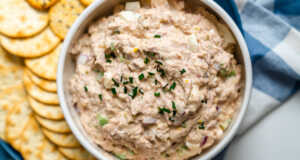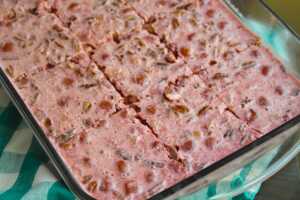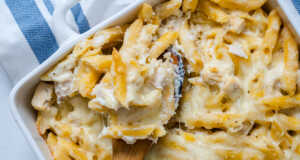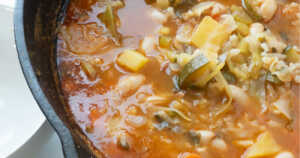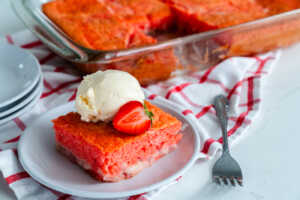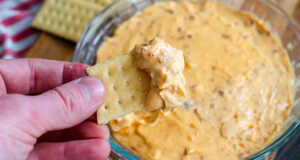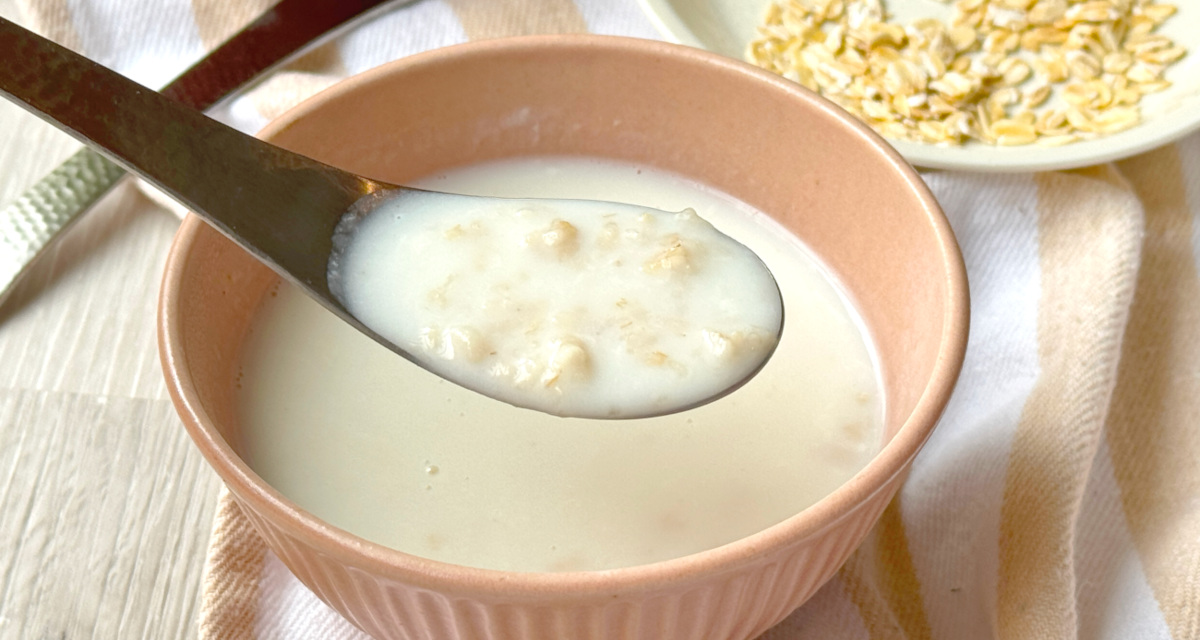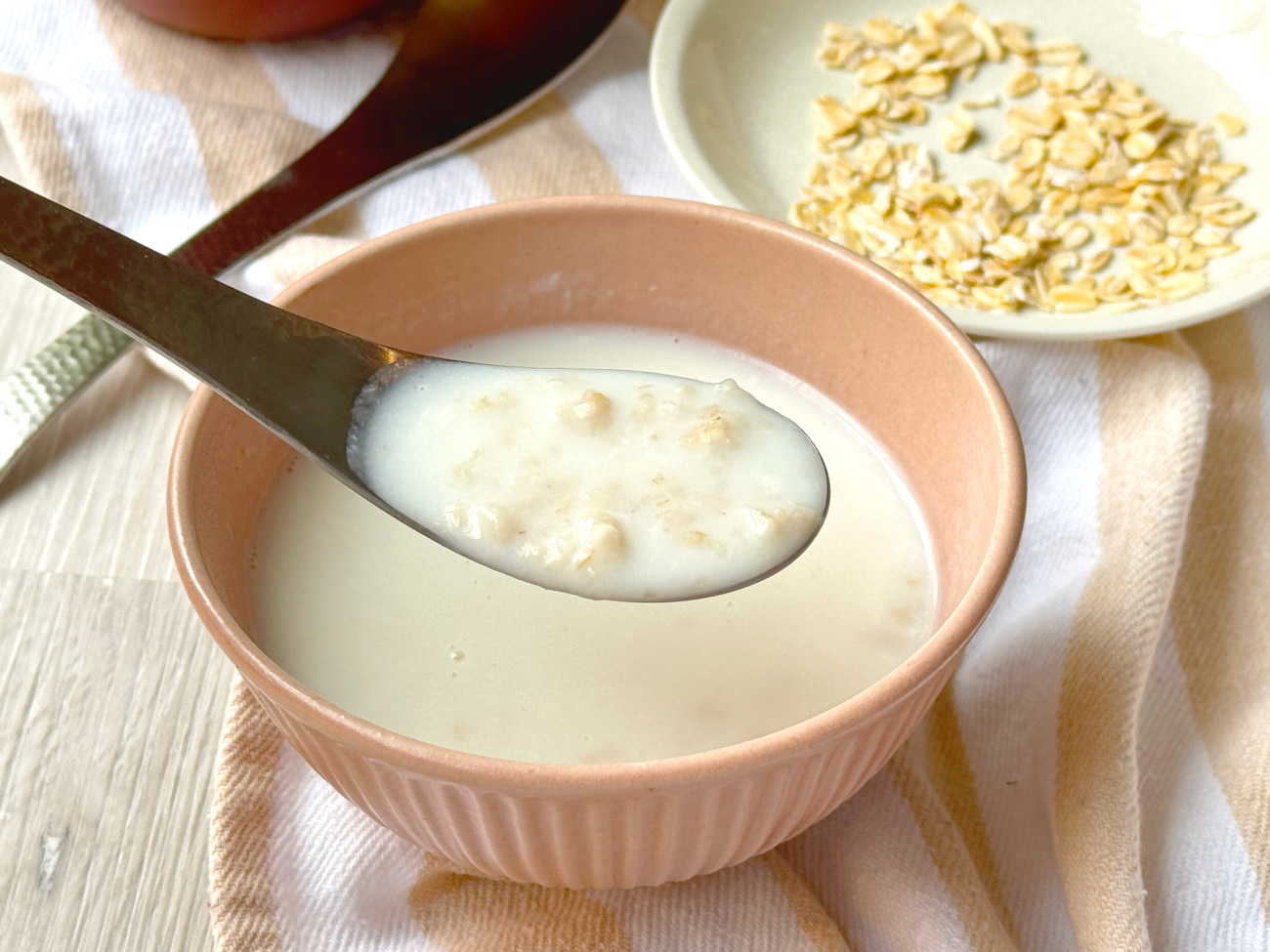
Gruel. When thinking of the thin porridge, we can’t help but have that Oliver Twist line of “please sir can I have some more” play in our heads, but it is a porridge that shouldn’t be put down. It’s light, easy-to-digest light porridge that is perfect for when you’re sick or not feeling a hundred percent. This version of Victorian Gruel uses a base of milk to cook the oats, creating a warm and comforting hug in a bowl.
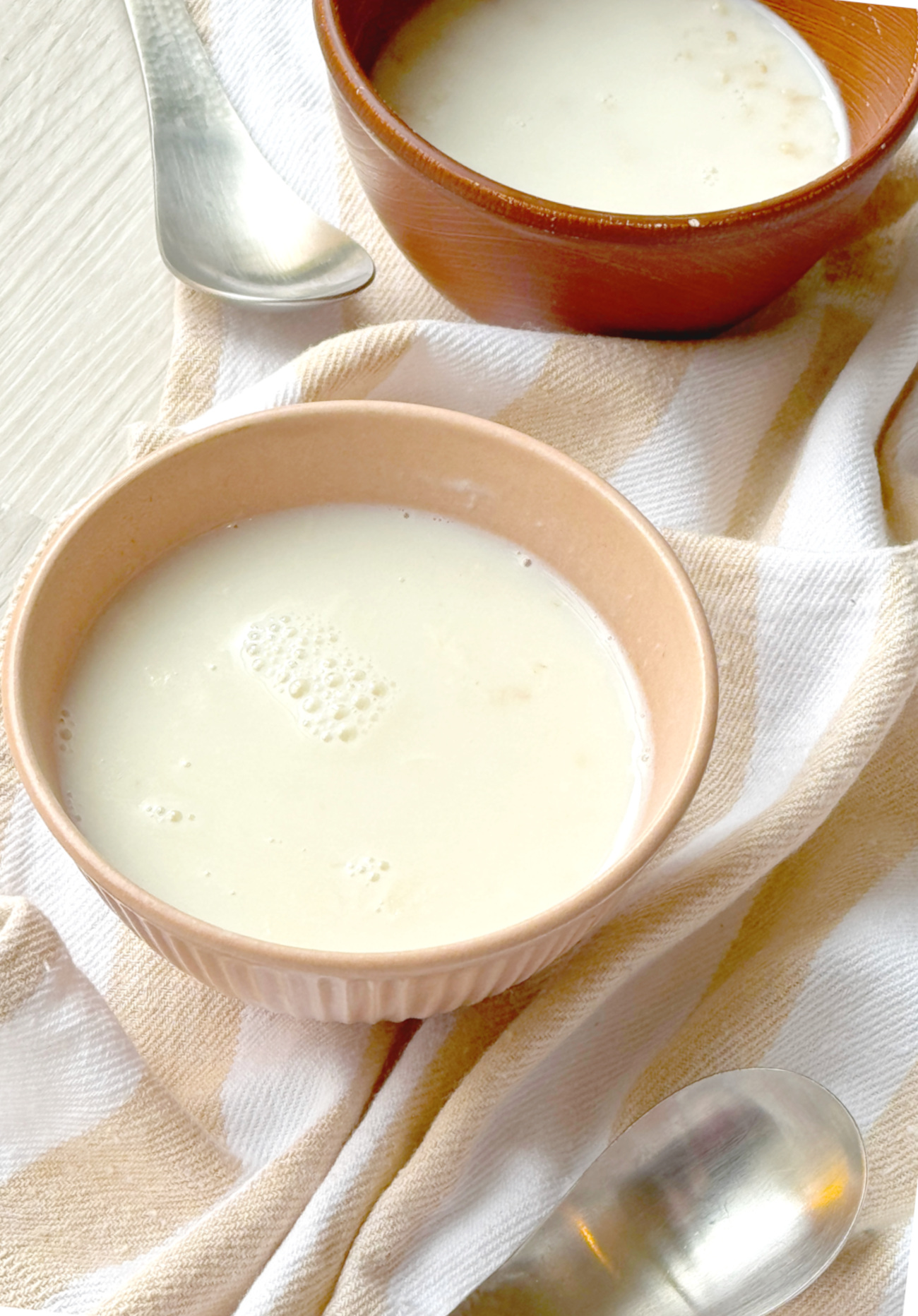
A World Built On Gruel
It’s hard to separate the word gruel from negative connotations in the English language. Gruel is associated with the bare bones of food, as well as the bottoming state of desperation and poverty. It is seen as a food people resort to rather than seek out, but that is not the whole truth. While the 18th and 19th centuries used gruel as the main food in workhouses and orphanages, it had previously been the starchy-filling food for a variety of civilizations throughout the world.
In China, millet and rice were the main starches of gruel or in China commonly referred to as white zhou or congee. In surrounding Asian countries, rice porridge flavor changes with the rice one uses. The medium non-aromatic rice used in Chinese congee is swapped out for the short grain sticky rice in Japan’s okayu and Korea’s juk, while Thai’s jok relies on fragrant jasmine rice and India’s version uses basmati. Rome’s great empire was built on the consumption of barley gruel, and after the fall of Rome Italy’s gruel was made from polenta. In the Americas it was corn, in Scotland and Ireland it was barely, in the Scandinavian countries it was rye, in Africa it was millet. In short, gruel has the backbone from which civilizations were built. Grains were perfect fuel to grow civilizations, and cooking them in a broth stretched out the supply and gave people the energy they needed.
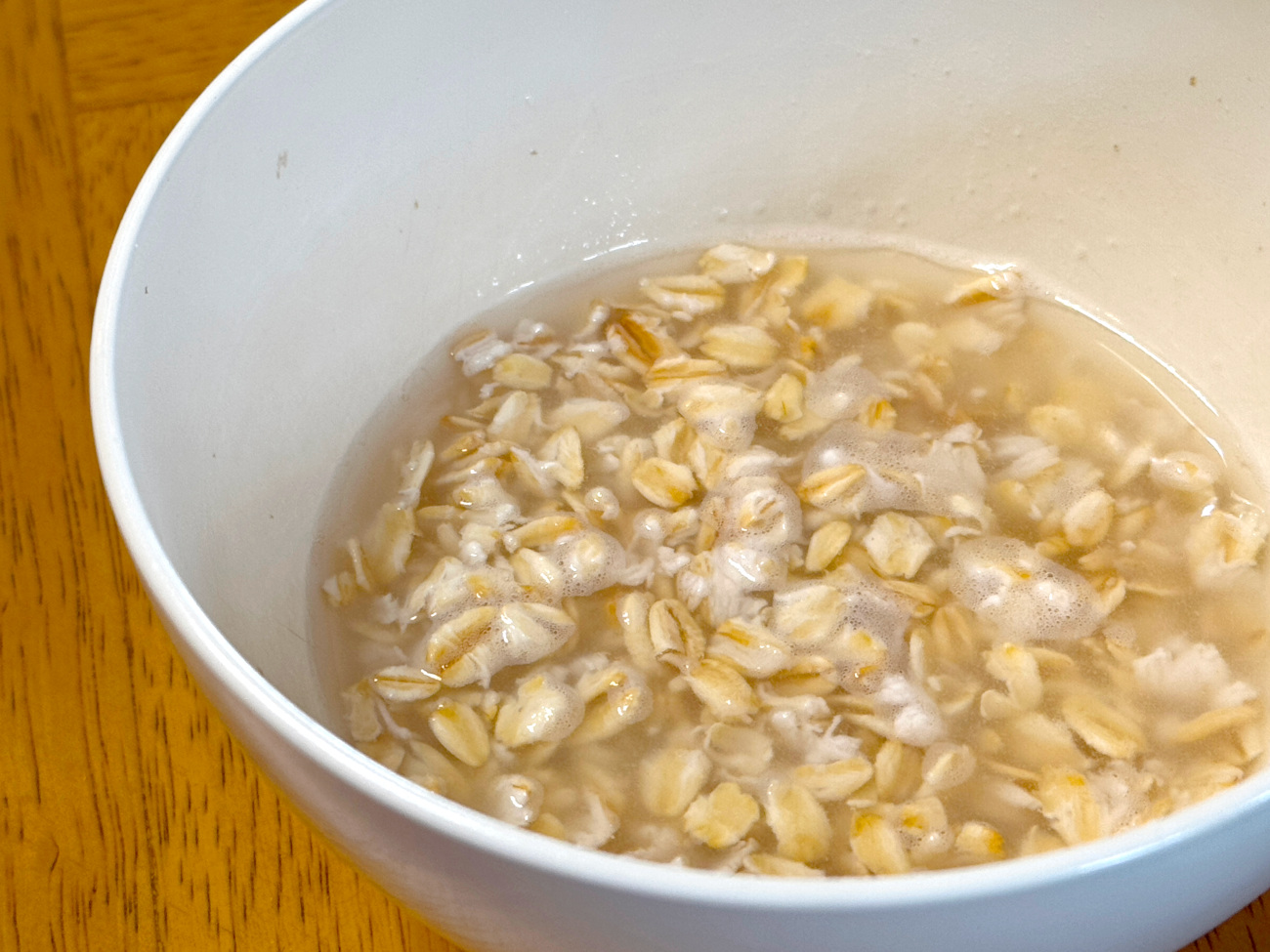
Here this 19th century version has a base of milk that is heated up to a simmer. First the soaked oats are put into the pot alongside the water it was soaked in.
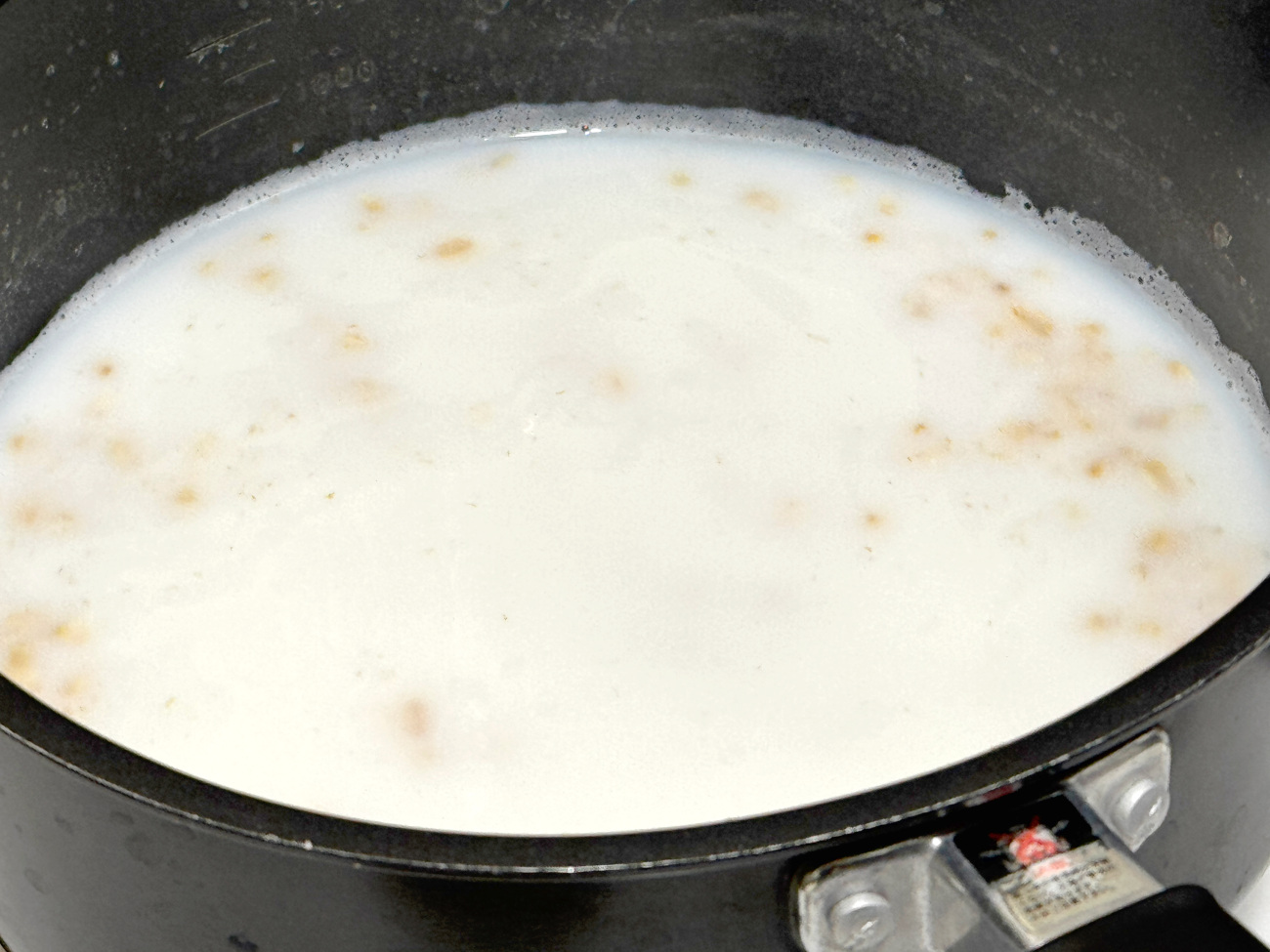
A bit more water is then added again to the pot alongside milk and the whole thing cooks for about fifteen minutes or until the oats are tender. A pinch of salt and a modern addition of vanilla is added to give it some extra flavor. A spoonful of this Victorian Gruel and those negative associations will melt away.
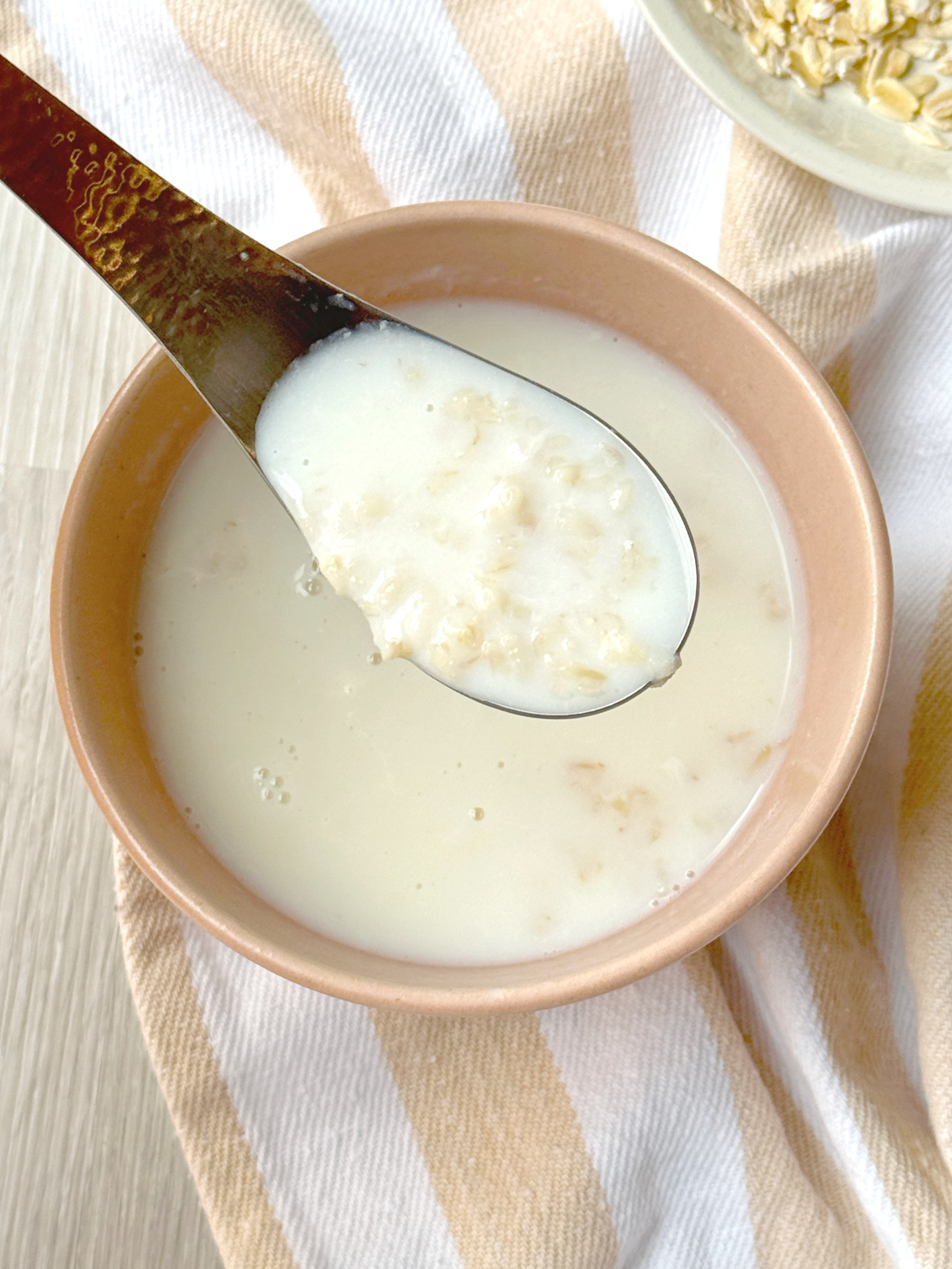
The vanilla adds just enough flavor and enhances the sweetness of the milk. Unlike normal porridge, which sits like a bag of coins, this version gives a bit of levity to the oats. There’s a perfect balance of broth to oats, giving a well-needed dose of satisfaction.
Before you turn your head up at this recipe, it’s best to try it, it’s surprisingly modern and pure in taste without being bland. The milk injects an amazing amount of flavor and brings out the tender earthy notes of the oats in a wonderfully satisfying way.
Victorian Gruel
Yield(s): Makes about 4 servings
5m prep time
15m cook time
Allergens: Milk
Ingredients
- 6 tablespoons oats, rolled or steel cut
- 1 1/2 cups plus 5 tablespoons water, divided
- 2 2/3 cups whole milk
- Pinch of salt
- 1 teaspoon vanilla extract (optional)
Preparation
- In a bowl combine the oats with 5 tablespoons of water. Let the oats soak for 5 minutes.
- While the oats are soaking, combine the milk and remaining water in a large saucepan and bring it to a boil.
- Reduce the heat to a simmer and add in the soaked oats (and the remaining liquid the oats soaked in).
- Continue to cook and stir the oats for 15 minutes. Season with salt and vanilla and serve warm.
Recipe adapted from Veggie Desserts.

